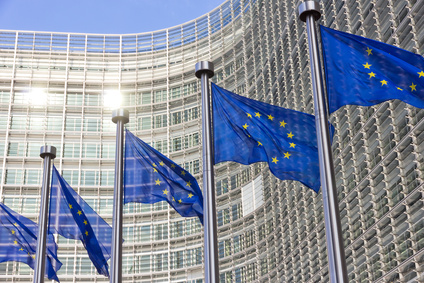European Council agrees on the Carbon Border Adjustment Mechanism
by David Fleschen

The European Council has reached agreement (general approach) on the Carbon Border Adjustment Mechanism (CBAM) regulation, which is one of the key elements of the European Union’s ‘Fit for 55’ package.
The main objective of this environmental measure is to avoid carbon leakage. It will also encourage partner countries to establish carbon pricing policies to fight climate change.
For that purpose, CBAM targets imports of carbon-intensive products, in full compliance with international trade rules, to prevent offsetting the EU’s greenhouse gas emissions reduction efforts through imports of products manufactured in non-EU countries, where climate change policies are less ambitious than in the European Union. It will also help prevent the relocation of the production or the import of carbon-intensive products.
The products of the following sectors will be covered by CBAM: cement, aluminium, fertilisers, electric energy production, iron and steel.
CBAM is designed to function in parallel with the EU’s Emissions Trading System (EU ETS), to mirror and complement its functioning on imported goods. It will gradually replace the existing European Union mechanisms to address the risk of carbon leakage, in particular the free allocation of EU ETS allowances.
Compared to the initial proposal by the Commission, the Council opted for a greater centralisation of the CBAM governance, where it makes sense and contributes to greater efficiency. For example, the new registry of CBAM declarants (importers) is to be centralised at EU level.
The Council also foresees a minimum threshold which exempts from the CBAM obligations consignments with a value of less than €150. This measure would reduce administrative complexity, as around one third of consignments to the Union would fall under that category, and their aggregate value and quantity represents a negligible part of greenhouse gas emissions of total imports of such products into the Union.
Source: European Council, Photo: Fotolia

